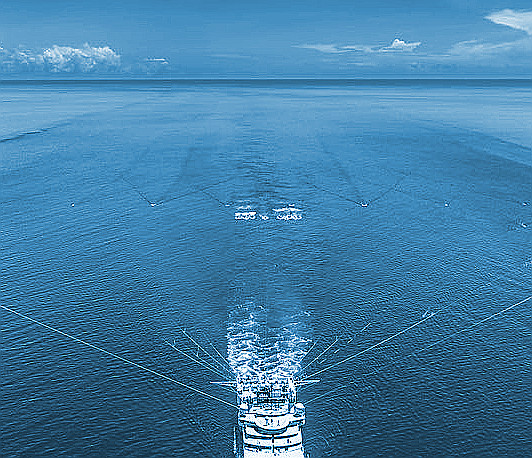AIMS studies seismic surveys
 The Australian Institute of Marine Science (AIMS) says seismic surveys in the Pilbara are not impacting the abundance or behaviour of commercially valuable fish.
The Australian Institute of Marine Science (AIMS) says seismic surveys in the Pilbara are not impacting the abundance or behaviour of commercially valuable fish.
Experts have taken dedicated seismic vessels out to measure the impacts of seismic surveys for oil and gas exploration in an ocean environment.
They ran an eight-month experiment within a 2,500 square kilometre fishery management zone near the Pilbara coast.
It involved using multiple acoustic sensors, tagging 387 red emperor fish and deploying more than 600 underwater cameras to track and measure fish behaviour before and after firing seismic air guns into the ocean.
AIMS principal researcher and project leader Dr Mark Meekan said the large-scale experiment measured the short-term and long-term effects of seismic airguns on the community of commercially important species in the region, such as red emperor (Lutjanus sebae).
“What makes this research unique and robust is we used an actual seismic vessel in a real ocean environment and some of the most advanced technologies to track and measure possible impacts,” he said.
“Commercial fishers are concerned seismic survey noise could change the abundance and behaviour of key fish species – this research directly sought to determine if commercially valuable fish leave the area or hide when exposed to the seismic noise.
“The results reveal there were no short-term or long-term effects on the abundance, behaviour and movement of bottom-living fishes.
“This suggests seismic surveys have little impact on commercially valuable fish species in this environment.”
AIMS acoustic scientist and co-author Dr Miles Parsons said Baited Remote Underwater Video Systems (BRUVS) were deployed to document the movements, feeding patterns and abundance of the entire benthic fish community.
Red emperor fish – an important target of fisheries – were tagged and tracked via an array of acoustic telemetry receivers to understand their movements.
“It was surprising to find no changes in the key behaviours we were assessing after the fish were exposed to seismic pulses,” he said.
The researchers say their study fills in a key knowledge gap in the effect of seismic exploration on fisheries in the area, which is necessary for managers, marine industries, and policy makers to make informed decisions about its sustainable use.
The full study is accessible here.








 Print
Print